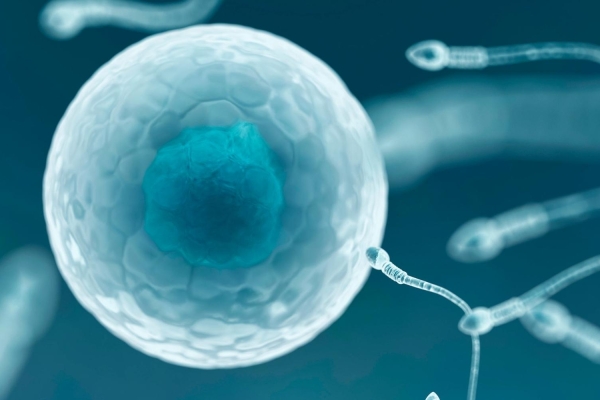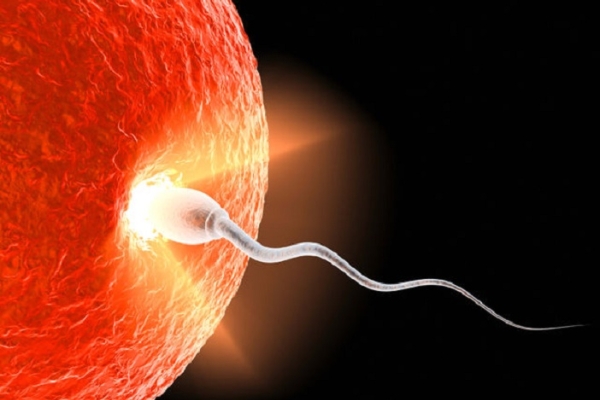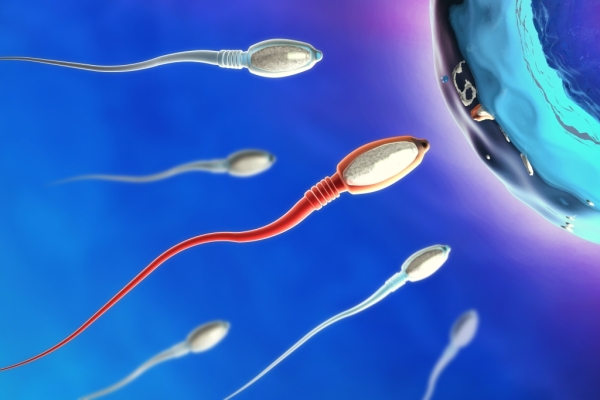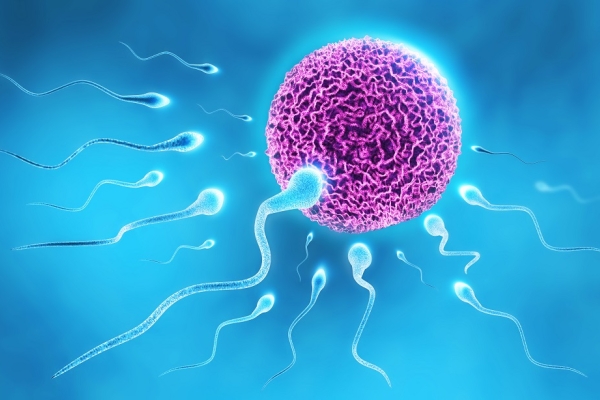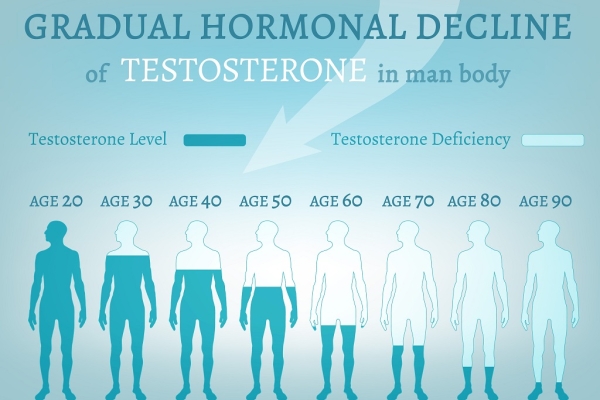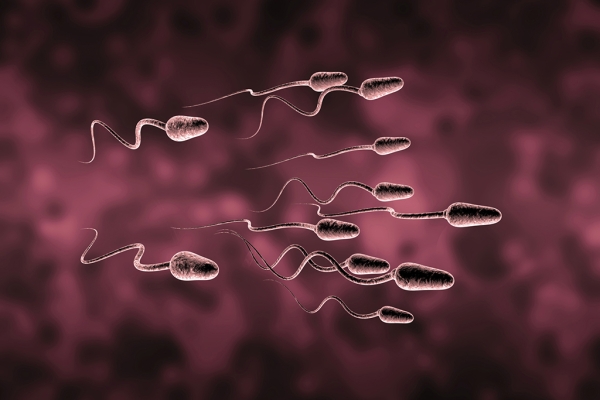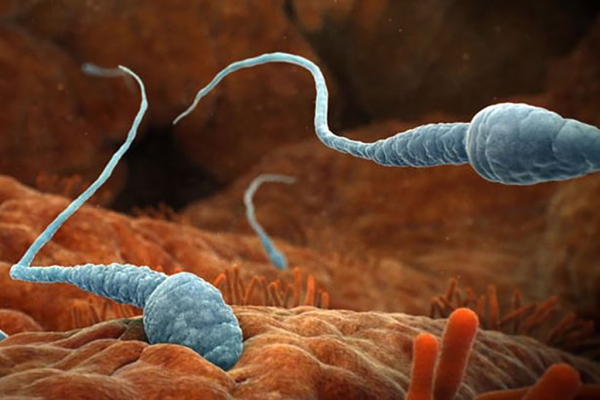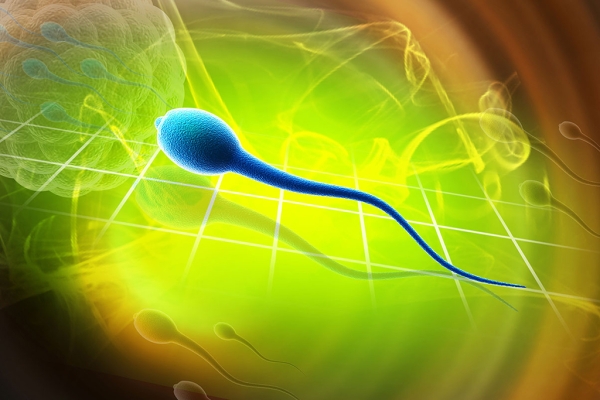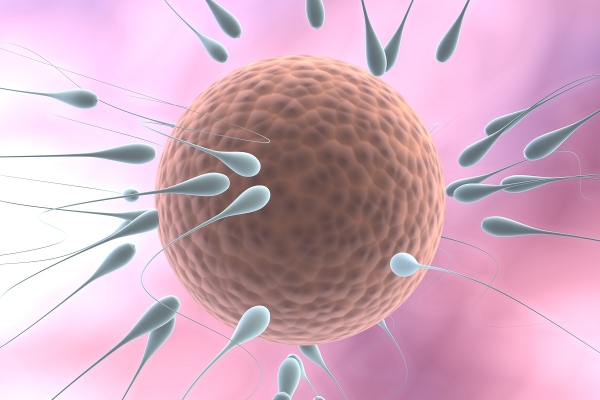-
18-10-2022
SpermaScan® Male Fertility Tests (Flyer)
Male infertility has a solution Male infertility is one of the most common yet so complex health issues that concern thousands of couples around the world. It is due to various causes, which are mostly attributed to the modern lifestyle. However, due to wrong social beliefs and...
-
18-09-2019
Can environmental factors affect male fertility?
Male fertility is a really complex process. Current studies suggest that infertility is not only a woman’s issue. In about 40 - 50% of infertile couples, the cause of infertility lies exclusively in the male factor and the most common cause of infertility seems to be the...
-
14-11-2018
Climate change may seriously damage sperm!
Climate change could pose a threat to sperm and male fertility, according to a new scientific study which found that occasional heatwaves damage insect sperm, which negatively affects their fertility to the point of sterilization. This, according to scientists, may explain in...
-
26-01-2018
Spermogram: How to interpret the findings of Semen Analysis
Semen analysis - the spermogram - is the cornerstone of laboratory assessment of male fertility and helps determine the severity of the condition. Detailed laboratory protocols have been published by the World Health Organization (WHO). The semen analysis provides information...
-
12-01-2018
Τestosterone. Consequences of its reduced levels.
Testosterone is a steroid sex hormone that plays a key role in the development of reproductive tissues in men such as the testicles and prostate, as well as secondary sex characteristics such as increased muscle and bone mass and body hair growth. Testosterone is produced by the...
-
18-09-2015
Female fertility over 40
Modern lifestyles have led couples, and especially women, to have children relatively late in life. According to statistics (most of them are Americans, but experience shows that statistics are similar in western societies, including Greece), women over 40 are the only age group...
-
17-09-2014
DNA integrity on early embryonic development
The effect of DNA integrity of spermatozoa on early embryonic development. Abnormalities in sperm DNA can be assessed by the sperm DNA fragmentation test. Numerous studies have shown that there is a strong effect of sperm DNA damage on the outcome of in vitro fertilization,...
-
13-09-2014
Infections and Male Infertility
Presence of aerobic microorganisms and their effect on the basic parameters of sperm in infertile men. Urinary tract infections in men are a very important etiological factor of infertility. In a recent prospective study, 72 patients with abnormal sperm parameters were examined....
-
12-09-2014
Melatonin and Subfertility
Melatonin alters the glycolytic profile of Sertoli cells: effects on male fertility. Melatonin and insulin cooperate in order to regulate glucose homeostasis. Within the testes, glucose metabolism in Sertoli somatic cells is vital for spermatogenesis. Given the fact that the...
-
11-09-2014
LED Light and Sperm Motility
Activation of sperm with LED light, improves sperm motility in men with asthenozoospermia. Sperm motility is an important parameter of male fertility and depends on energy consumption. It is known that photobiomodulation using photodiode (LEDs) stimulates the respiratory chain in...
-
19-05-2014
Nicotine and Infertility
Nicotine intake is associated with reduced fertility, but the pathogenetic mechanisms remain unclear. However, oxidative stress has been considered the leading cause of male infertility. In a recent study, nicotine was administered to male rats in order to study its effect on...
-
16-05-2014
Reversing Male Infertility
Forty years ago, couples did not wonder if they could have children. Infertility problems were almost non-existent. These days, the problem is so widespread that if fertility rates continue to decline, then births will fall below the population replenishment rate in the next 10...
-
09-05-2014
Selenium, Total Antioxidant Capacity and Coenzyme Q10
In a recent study, researchers assessed the levels of Selenium (Se), Total Antioxidant Capacity (TAC), and Coenzyme Q10 (CoQ-10) in blood serum and semen and determined their relationship to spermatozoa concentration, motility, and morphology, in men with idiopathic infertility....
-
06-05-2014
Spermatozoon anatomy and physiology
The typical spermatozoon is about 50 μm long and consists of a head and a tail. The head is oval in shape and is flattened with a length of 4-5 μm and a width of 2.5-3.5 μm and with a ratio of length: width 1.50 to 1.75. The nucleus of the spermatozoon occupies about 65% of...
-
24-04-2014
Recurrent Pregnancy Loss
Recurrent pregnancy loss is a disease that is clearly distinguishable from infertility and is defined as two or more failed pregnancies. When the cause is unknown, any miscarriage needs to be carefully examined to determine if further testing is necessary. After three or more...
-
09-04-2014
Male Infertility
About 15% of couples are unable to conceive after a year of unprotected sexual intercourse. The male factor is solely responsible for 20% of infertile couples and also contributes about 30-40% in cases, in which the female factor is involved. If there is a male infertility...
